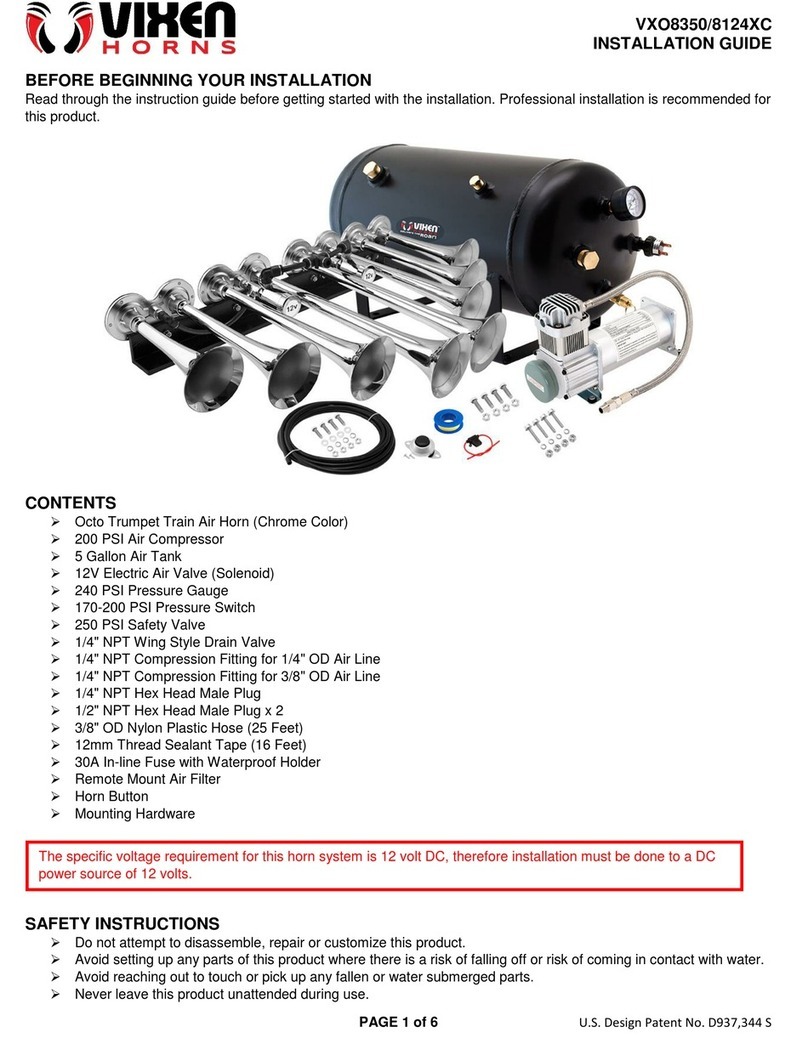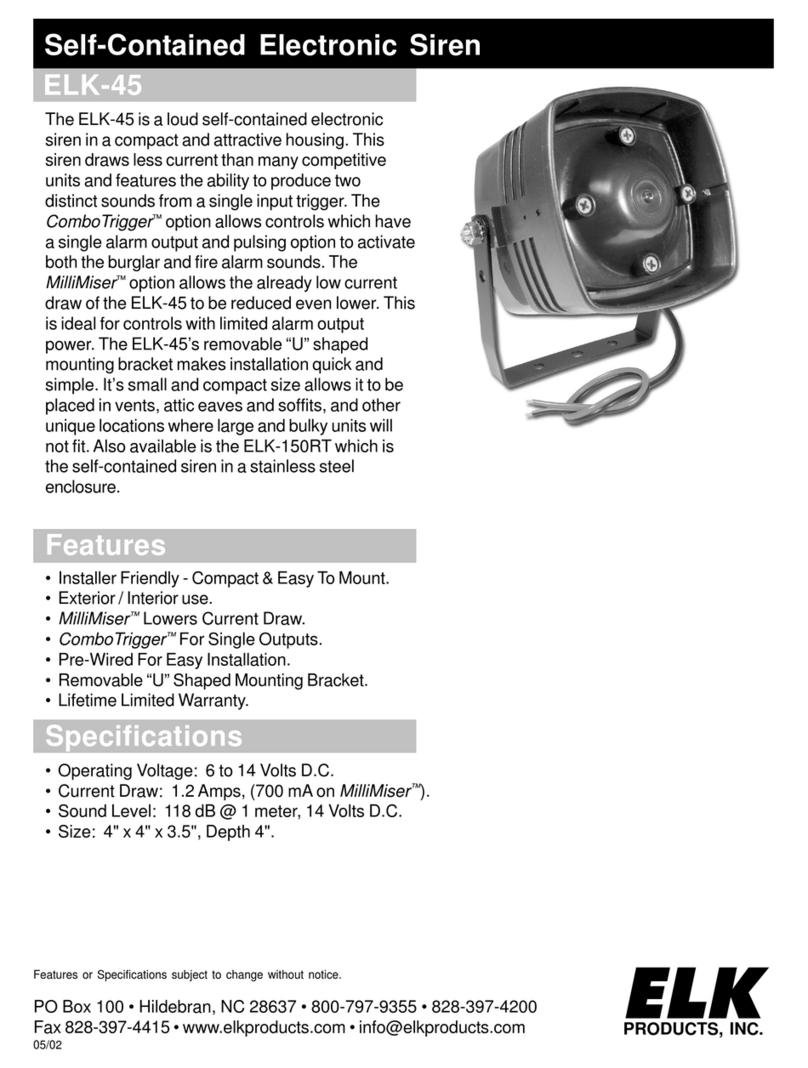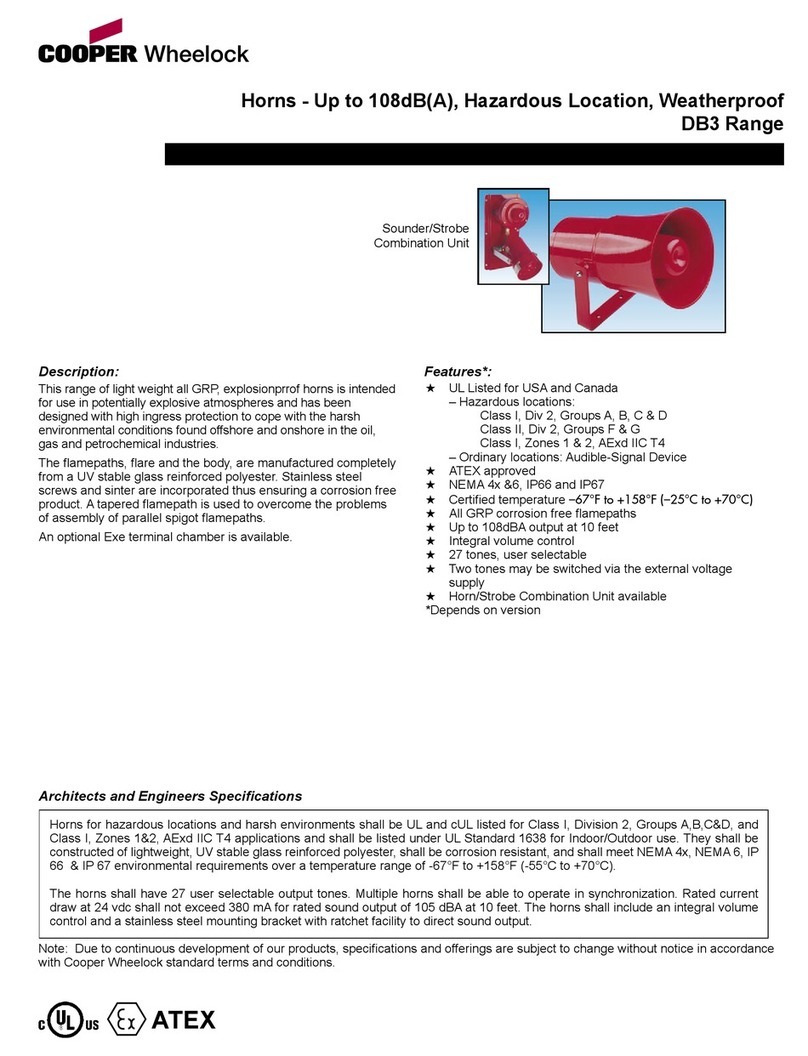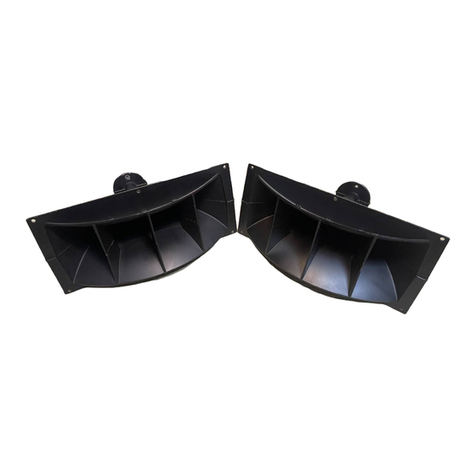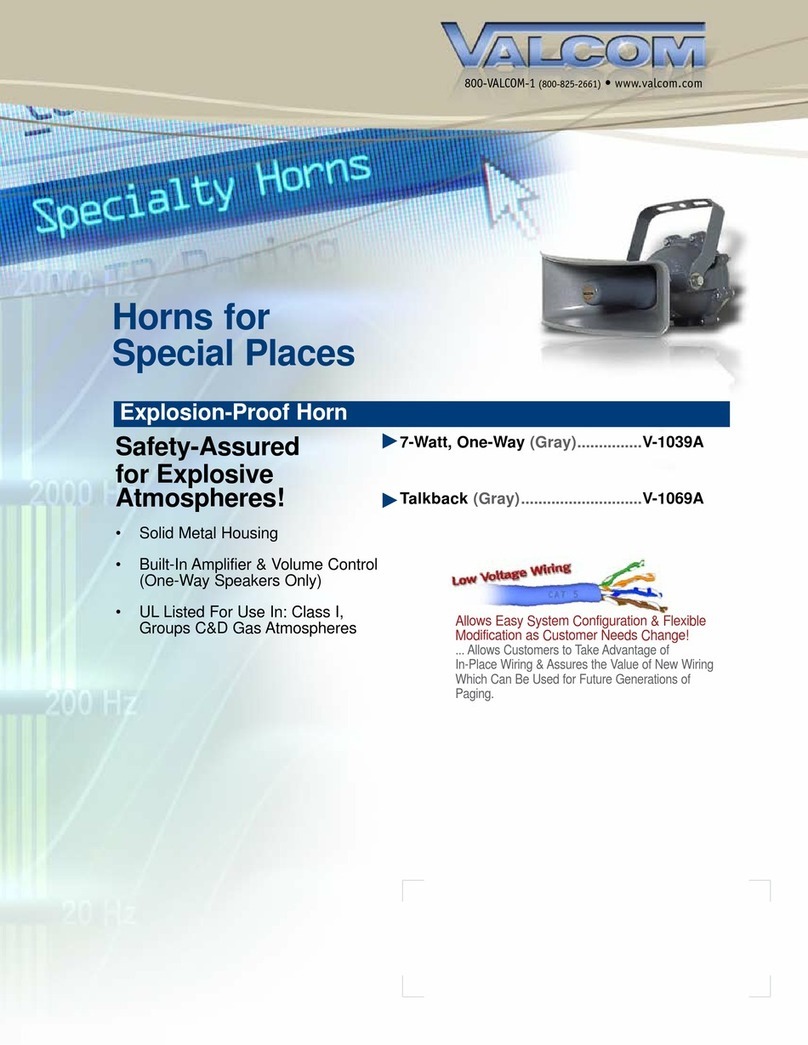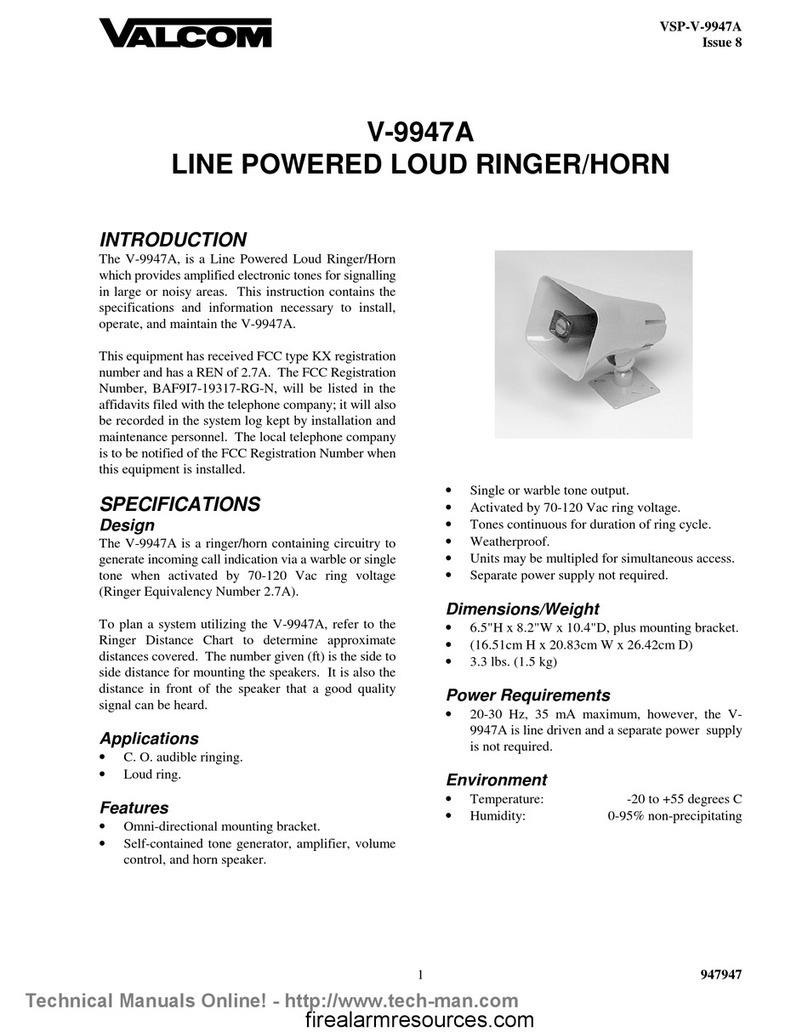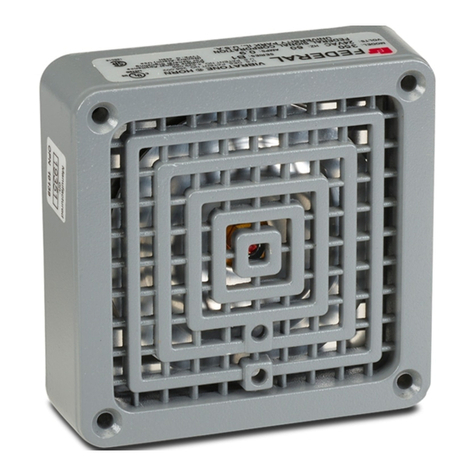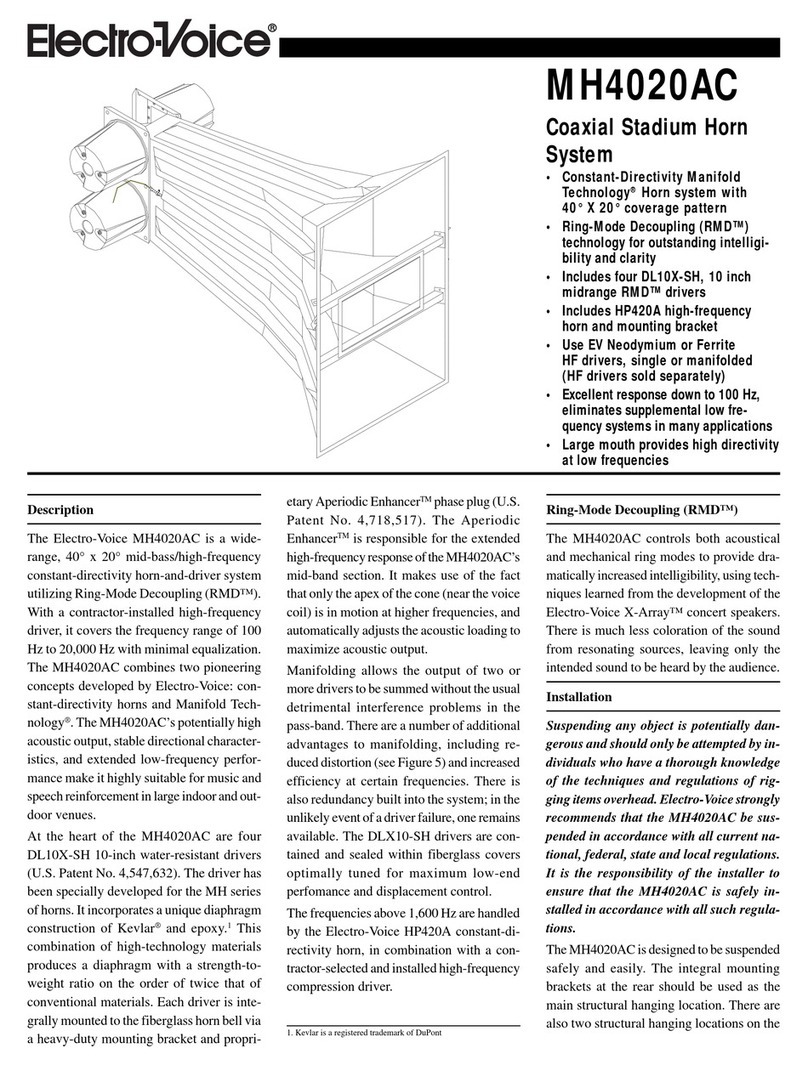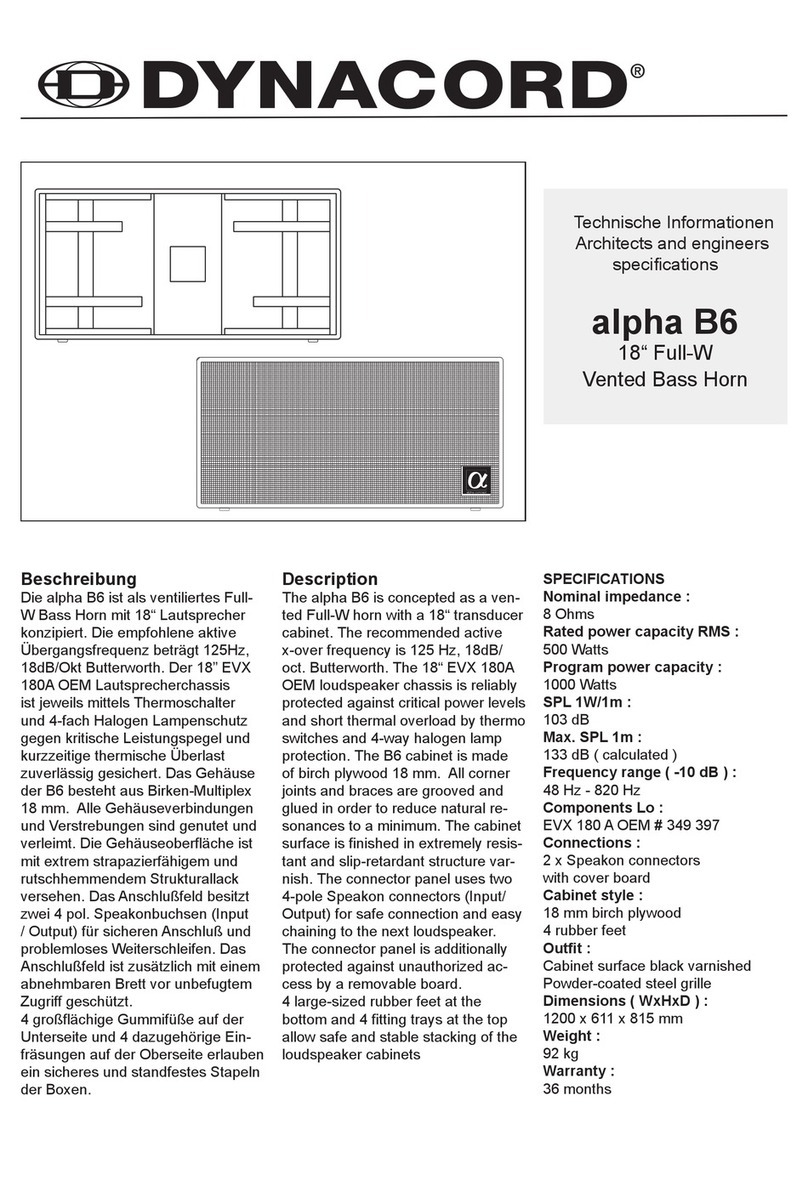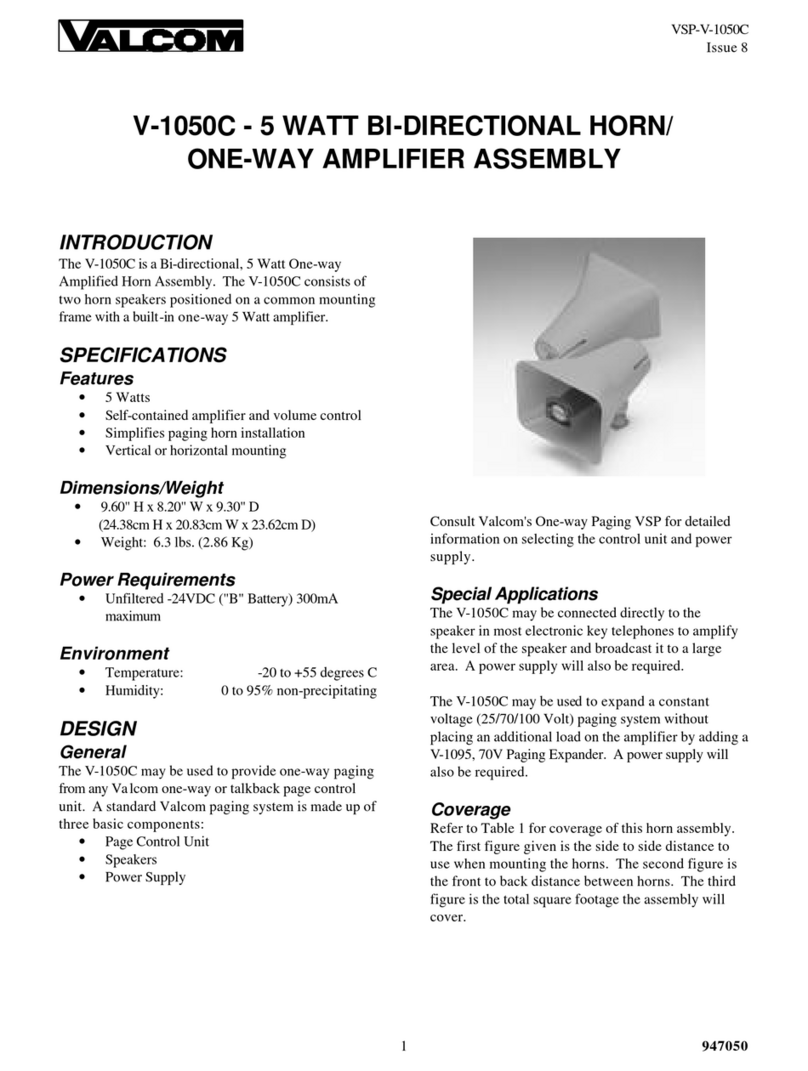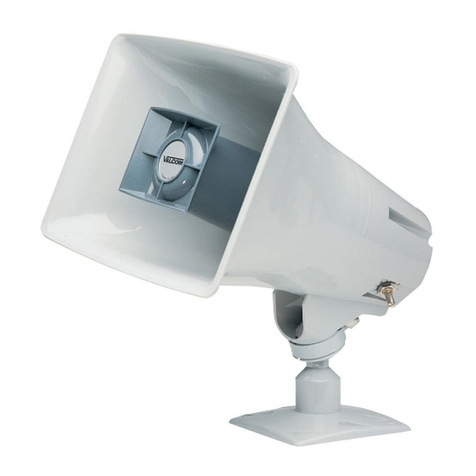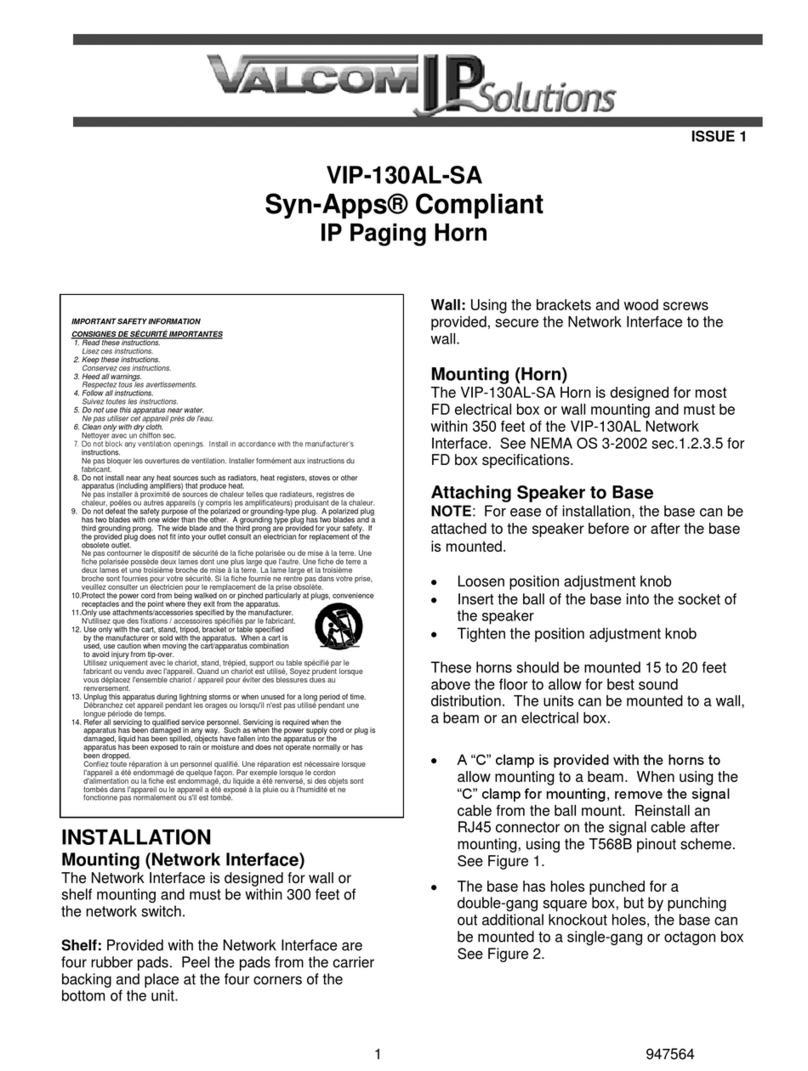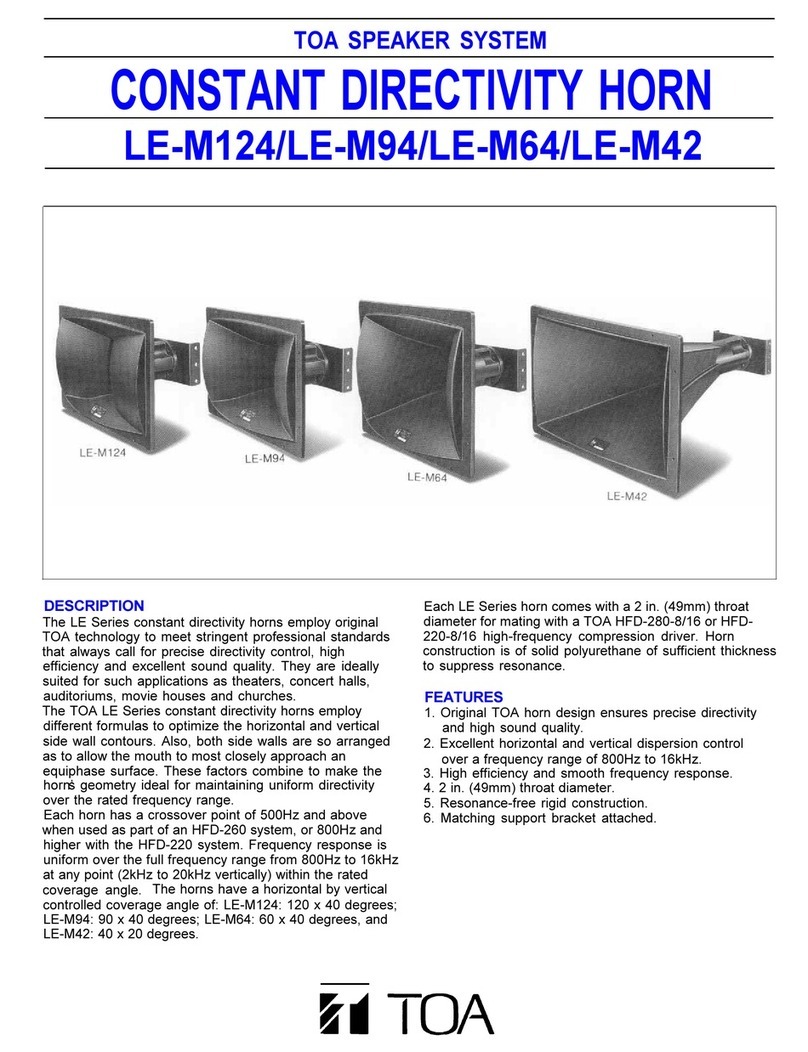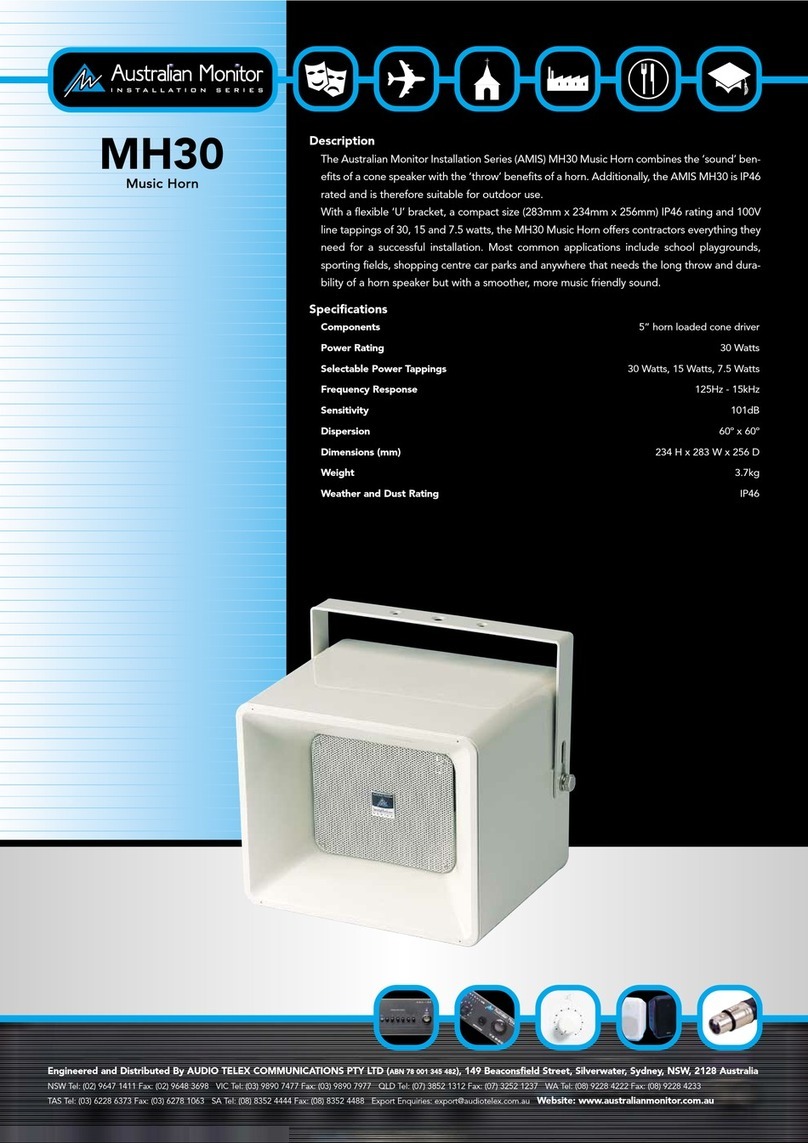
-20°C to +55°C (-4°F to +131°F)
UL Type 4/4X/13/3R
Disconnect from power source to prevent electrical shock before installing
or servicing. Check power supply voltage and frequency.
Déconnecter l’alimentation avant toute opération d’installation ou de maintenance,
afin d’éviter les décharges électriques. Controler la tension et la fréquence d’alimentation.
Scollegare dall’alimentazione prima dell’installazione e della messa in servizio.
Controllare la tensione di alimentazione e la frequenza.
Desligar a alimentação antes de realizar qualquer intervenção. Verificar a tensão e
frequência da alimentação.
Durante el proceso de instalación o mantenimiento desconectar la tensión de
alimentación para evitar descargas eléctricas. Comprobar tensión y frecuencia de alimentación.
Schalten Sie den Strom während der Installation oder bei Wartungsarbeiten ab um
einen elektrischen Schlag zu vermeiden. Prüfen Sie die Spannung und Frequenz der Stromquelle.
WARNING
AVERTISSEMENT
WARNUNG
AVVERTENZA
ATENÇÃO
ADVERTENCIA
Bulletin 855H Recordable Horn (Frame C)
855H-R30C, 855H-R45C, 855H-RC30Cx, 855H-RC45Cx
IP66
Wiring practices must meet applicable electrical codes.
Les procédures de câblage doivent répondre aux codes électriques en vigueur.
Bei der Verdrahtung sind die geltenden elektrotechnischen Sicherheitsvorschriften zu befolgen.
Le procedure adottate per i cavi devono rispettare le codiche elettriche applicabill.
A instalação da ação deve atender aos códigos elétricos aplicáveis.
Las prácticas de instalación eléctrica deben seguir los códigos eléctricos.
FEATURES:
•
•
•
•
•
•
4 stages - Each stage can record up to 30 seconds of CD quality audio
Record via on-board microphone or from external source using audio input jack
Message can be played back preceded by one of forty five alarm tones, or without any alarm tone if desired
Master / Slave functionality allows multiple horns to be set up exactly the same way
Optional high-output LED beacon available
Horn / LED combination units allow user to select steady or flashing LED function (2 Hz flash rate)
OPERATING AND MARKING:
All units have the following operating requirements and limitations.
855H Horn only units:
Catalog No. Voltage Range Current
855H-R30C 10-30V DC 190mA@12V
256mA@24V
256mA max@30V
855H-R45C 90-260V AC 112mA@120V
(50/60Hz) 124mA@230V
127mA max@260V
855H Combined horn/LED units:
Catalog No. Voltage Range Current
855H-RC30Cx 12-30V DC 347mA@12V
413mA@24V
416mA max@30V
855H-RC45Cx 90-260V AC 172mA@120V
(50/60Hz) 159mA@230V
252mA max@260V
Prior to use, the unit will need to be configured to suit the end user.
If recording either via the onboard microphone or the line-in jack, the unit will need to be supplied with power.
Important Note: For all versions, a source of DC power is required.
•
•
HORN SET-UP AND RECORDING
DC units (855H-R30C and 855H-RC30Cx) can be powered normally to complete recording and set-up.
AC units (855H-R45C and 855H-RC45Cx) must be temporarily powered from either a 12V battery or a
separate 10-30VDC isolated power supply, connected directly to the + and - DC terminals on the main PCB.
(Layout of main PCB is illustrated on page 5).
Risk of Electrical Shock. Disconnect from power source to prevent electrical
shock before servicing.
WARNING
1
Sound Output @ 1 meter:
101 dB (A) Voice 102 dB (A) Music 110 dB (A) Tone
Hearing protection required.

